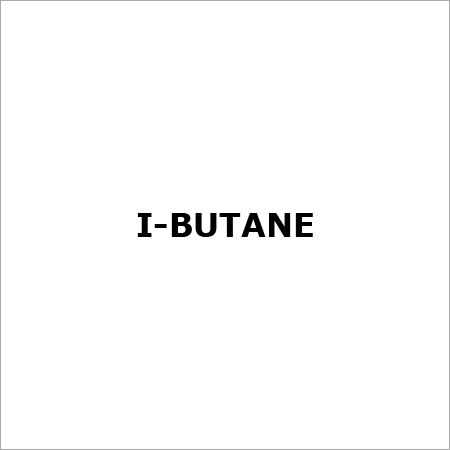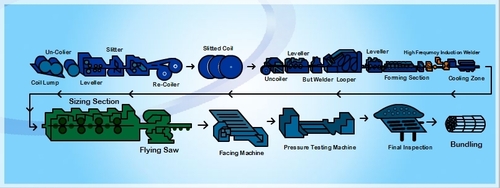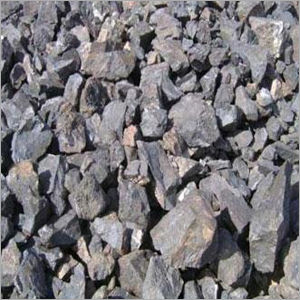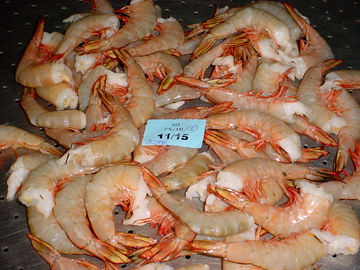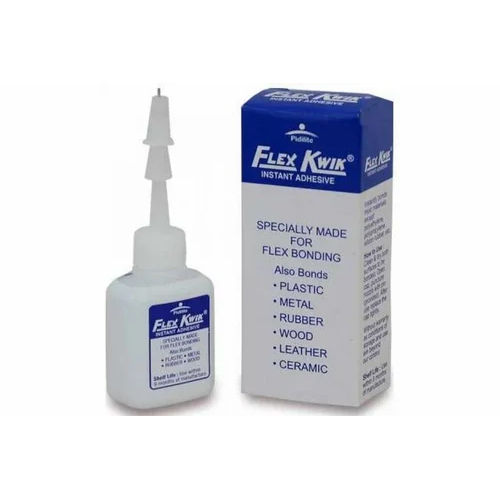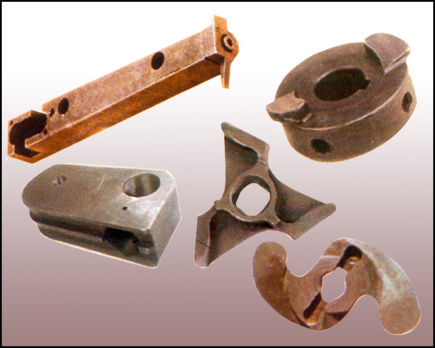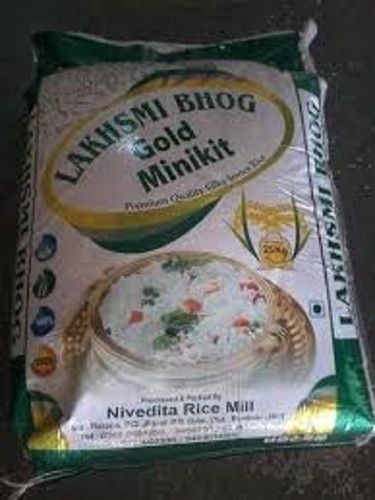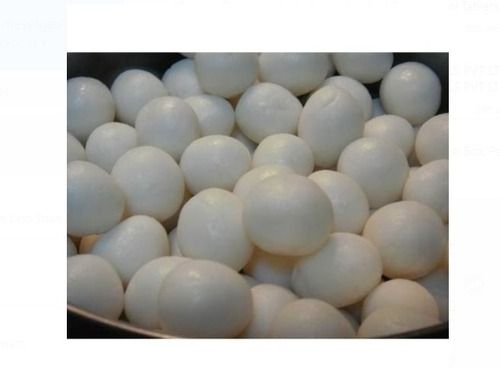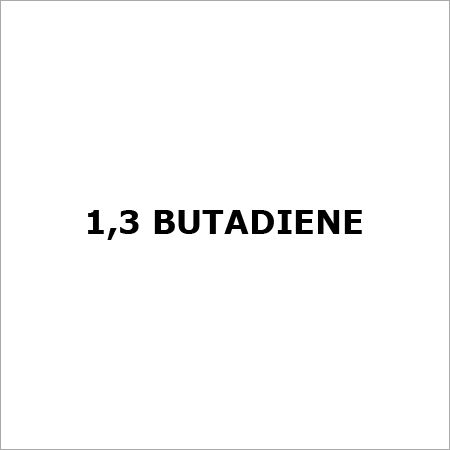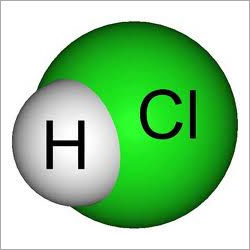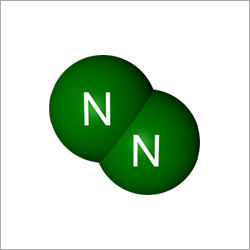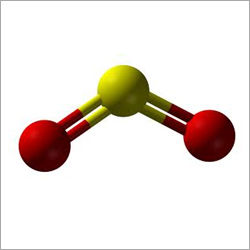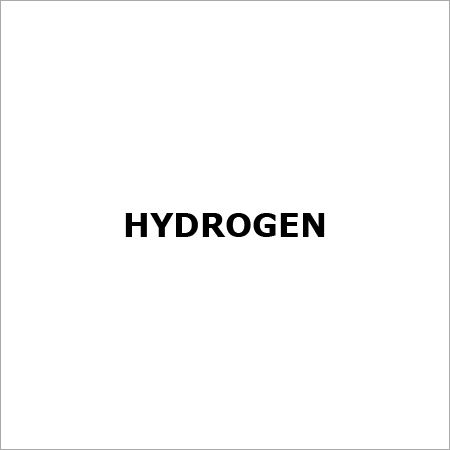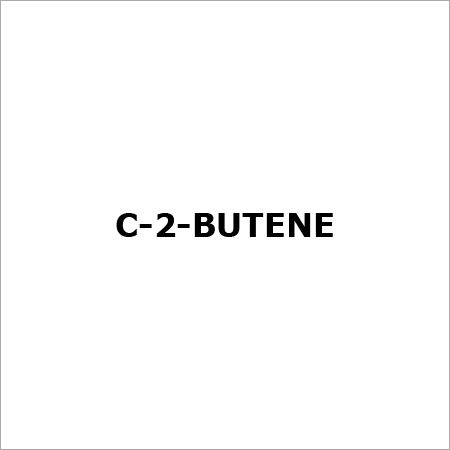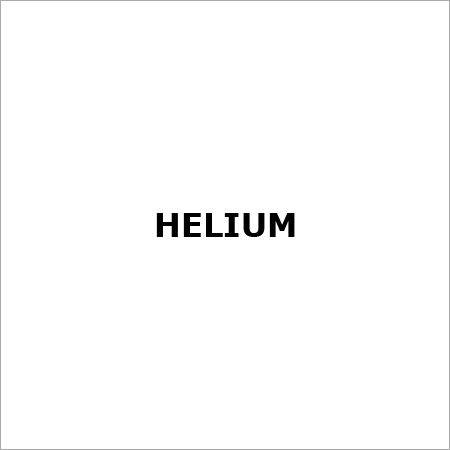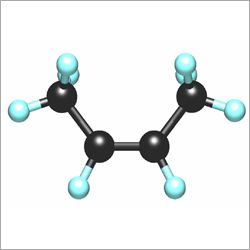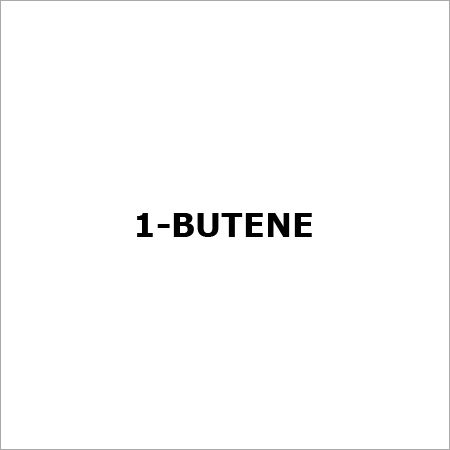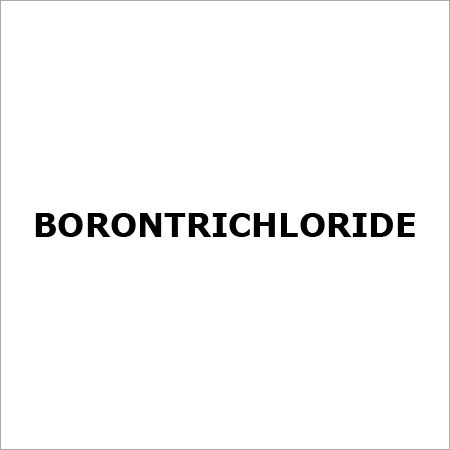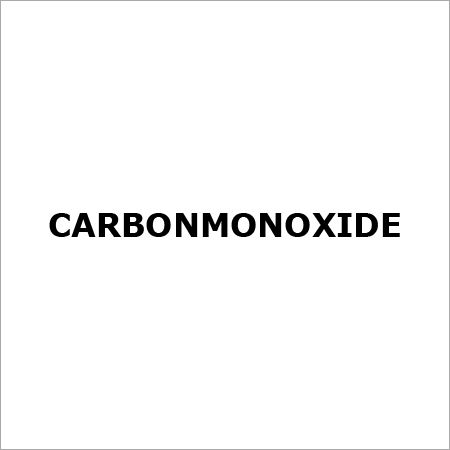I-Butane Product Information Quality Code 2.5 3.5 Purity % Volume >99.5 >99.95 Impurities ppm(where nothing else stated) H2O <10 O2 <10 CO2 <10 Other CnHm <0.5% <500 General Information Filling pressure at 15 C bar: 1.75Material recommendations: Gas: No restrictions.Liquid: Avoid plastic and rubber. Characteristics Highly flammable, liquefied, colourless gas Health risks Asphyxiating, Weak anaesthetizer. Transport ADR Class 2, 3(b) Physical Data Molecular weight: 58.12Boiling point at 1.013 bar,C: -0.5Density (1.013 bar, 15 C) kg/m3: 2.55Vapour pressure at 0 C, bar: 1.0420 C, bar: 2.1Flammability range in air, % (volume): 1.8-8.4Specific volume (1.013 bar, 15 C), m3/kg: 0.393 Source Both n-butane and iso-butane are recovered from natural and refinery gases. Recovery is effected by absorption at high pressures in a suitable absorber oil and subsequent fractionation to remove propane and the pentanes. The two butanes are then separated by careful distillation.Applications Butane is primarily used as a heating fuel.Butane is used to fill the thermobulbs in pressure and temperature gauges.Butane is used as a chemical intermediate in the manufacture of a variety of organic chemicals:Acetic acidButadiene, used as a raw material for the production of synthetic rubbersEthene Butenes employed for the production of butadienes, butanol, maleic anhydride and polybutenesPropyleneButane is required in mixtures for use as calibration standards for analyzers in gas and oil refineries.Butane finds widespread use as a heating fuel and as a special motor fuel, e.g., for fork lift trucks, in circumstances where conventional fuel exhausts would be undesirable, such as inside buildings. It is also used as a standard fuel gas for the calibration of burners.Butane is also used as an aerosol propellant, alone or mixed with other hydrocarbons.Butane/helium mixtures are used in ionizing particle counters.
